Introducing a Media Asset Management (MAM) system to a studio involves a significant investment, both financially and operationally. However, the potential benefits can be substantial. This analysis evaluates the costs and benefits to determine whether implementing a MAM system is worth it.
Costs of Implementing a MAM System
Initial Investment
Software Purchase: The cost of purchasing a MAM system can range from several thousand to hundreds of thousands of pounds, depending on the complexity and scale of the system.
Hardware Upgrades: Implementing a MAM system might require upgrading existing hardware or purchasing new servers, storage solutions, and networking equipment.
Licences and Subscriptions: Ongoing costs include software licences and potential subscription fees for cloud-based services.
Implementation Costs
Installation: Professional installation and configuration services can add to the initial expenditure.
Integration: Integrating the MAM system with existing workflows, editing suites, and other software systems can be complex and costly.
Training: Staff will need training to effectively use the new system, which involves both direct training costs and potential downtime.
Ongoing Costs
Maintenance and Support: Regular maintenance and technical support services will incur ongoing costs.
Upgrades: Periodic software updates and system upgrades to keep the MAM system current.
Storage: Increased storage requirements for media assets, particularly if using high-resolution formats, can lead to higher ongoing costs.
Benefits of Implementing a MAM System
Improved Efficiency and Productivity
Centralised Management: A MAM system centralises all media assets, making them easily accessible to all team members. This reduces the time spent searching for files and ensures that everyone is working with the latest versions. It also restricts access to media based on permissions and enhances a media flow for structured editorial sign off.
Streamlined Workflows: Automation of repetitive tasks, such as transcoding, tagging, and archiving, can significantly speed up production processes. This allows creative teams to focus more on content creation rather than administrative tasks.
Enhanced Collaboration: With a centralised system, remote collaboration becomes seamless, enabling team members to work together efficiently regardless of their physical location.
Enhanced Security and Control
Access Control: MAM systems provide robust access control features, ensuring that only authorised personnel can access sensitive media assets. This enhances security and reduces the risk of data breaches. This is especially important with C-Level contributions that can influence markets in the finance sector for example.
Audit Trails: The ability to track changes and access to media assets ensures accountability and helps in maintaining a secure and organised archive.
Better Asset Utilisation
Metadata Management: Efficient metadata tagging allows for quick retrieval and reuse of media assets. This can save time and reduce the need to recreate content.
Content Repurposing: By making it easier to locate and repurpose existing media, a MAM system can help maximise the value derived from media assets, supporting various distribution channels and formats. Monetising existing footage and repurposing it for other uses can dramatically reduce production costs. Media that exists unlogged, is simply an asset that is underused.
Cost Savings in the Long Term
Reduced Storage Costs: Efficient management of media assets can reduce the need for redundant storage. Advanced compression and archiving features can also help manage storage more effectively.
Decreased Operational Costs: Automation and improved workflow efficiencies can lead to significant reductions in operational costs over time. This includes savings on manual labour, reduced errors, and lower project turnaround times.
Competitive Advantage
Faster Time-to-Market: By streamlining workflows and improving efficiency, studios can produce and distribute content more quickly, gaining a competitive edge in the fast-paced media industry.
Enhanced Quality: With better organisation and asset management, the quality of output can improve, leading to higher client satisfaction and potentially more business.

Conclusion. Is it worth it?
While the initial and ongoing costs of implementing a MAM system can be substantial, the benefits often outweigh these costs, particularly for larger studios or those with extensive media libraries. The improvements in efficiency, productivity, security, and asset utilisation can lead to significant cost savings and revenue generation in the long term. Additionally, the enhanced capability to quickly produce high-quality content and the competitive advantage gained can further justify the investment.
For smaller studios, a careful analysis of current workflows, media management needs, and long-term goals is necessary. In many cases, the adoption of a scalable MAM system that grows with the studio’s needs can be a prudent approach, allowing the studio to reap the benefits without incurring prohibitive upfront costs. In summary, for studios looking to streamline operations, enhance collaboration, and maintain a competitive edge, investing in a MAM system is likely a worthwhile consideration.



